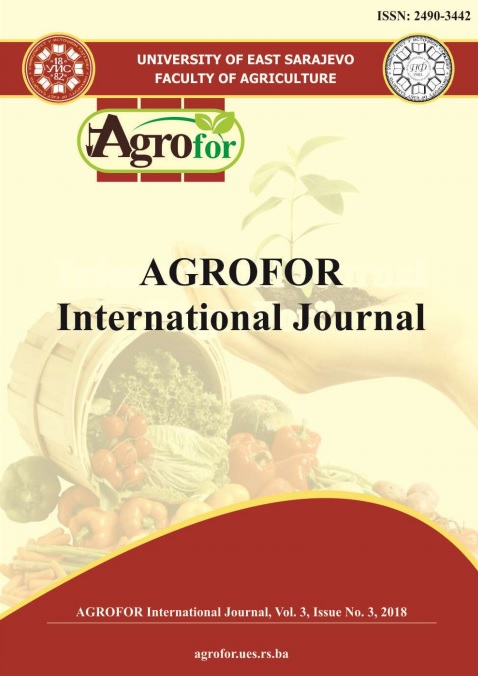SPATIOTEMPORAL ANALYSIS OF SMALL SCALE GREENHOUSE MICROCLIMATE BASED ON SMART AGRICULTURE SYSTEM
DOI:
https://doi.org/10.7251/AGRENG1803056PAbstract
There is a need for high cutting-edge technological ICT application in agriculture
in order to embark on the current decline in agriculture labor force in Japan.
However, few small-scale farmers are able or willing to risk significant capital on
sensing technologies. There is a challenge in horticultural greenhouse farming to
provide a well-controlled microclimate environment to meet well-developed crops
with high yield and quality crop production while using fewer resources. In this
study, a cost-effective simplified smart agriculture system was developed and
deployed in small-scale tomato greenhouse farming in Nara, Japan. The system
real-time information capability is used for monitoring crop environment for proper
crop management. A spatiotemporal analysis was done to assess variations and
understand the underlying microclimate conditions in the partitioned tomato
greenhouse (blocks). Crop production is done all year around (An average of 2.5
times cropping cycle per one greenhouse block). Spatiotemporal analysis and
statistical analysis results show well-defined micro-climate control strategies that
could relatively be used in greenhouse facility management to enhance crop
cultivation while using less energy resource that is relatively cost-effective. The
reliability of the system data makes it efficient and consequently it could be used
for accurate crop production planning, improvement in cultivation management
and support in decision-making regarding cultivation activities.

